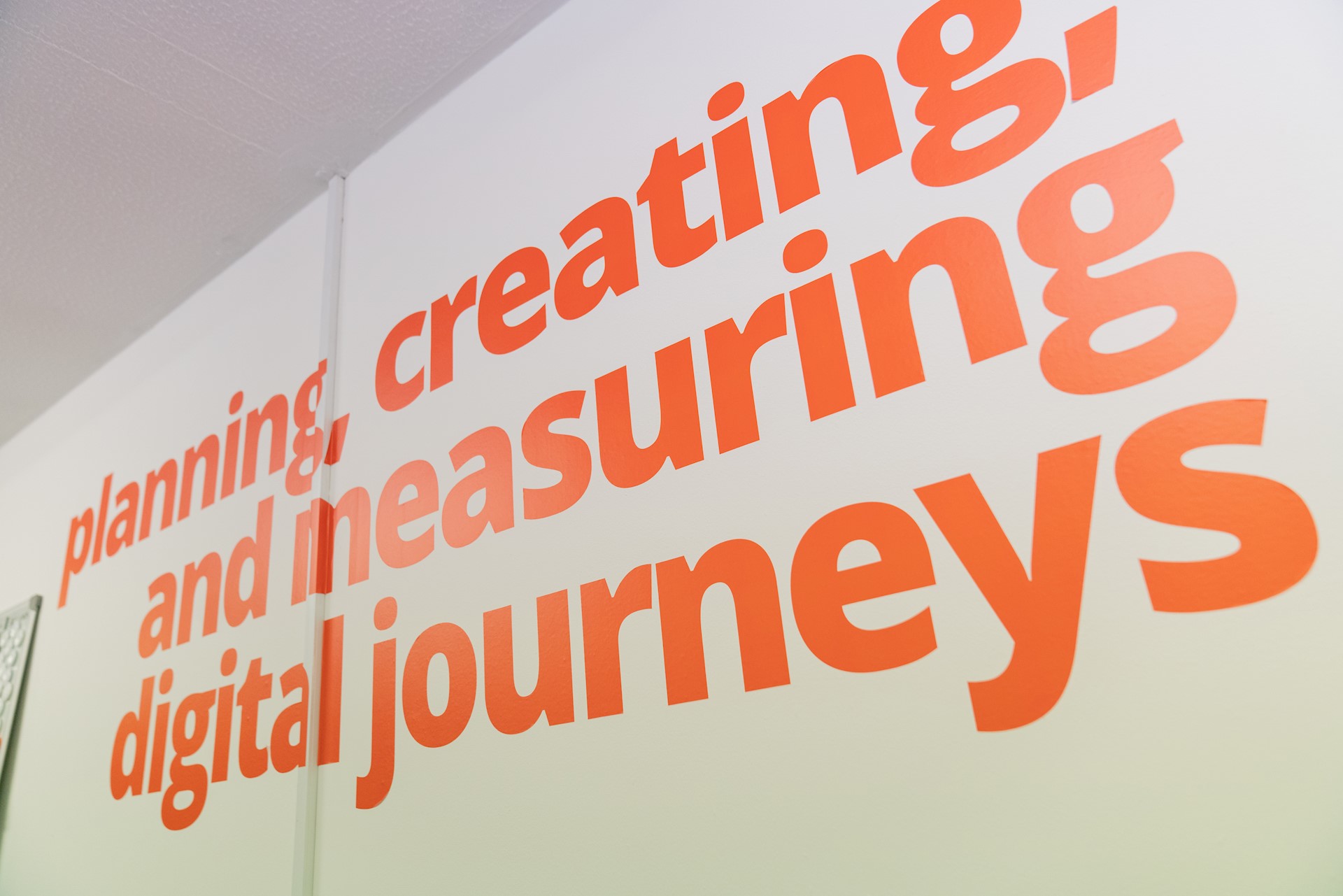
Setting up as a self-employed sole trader is the simplest way to start a business. Paperwork is generally minimal, accounting and record-keeping is fairly straightforward and the benefits of being your own boss are numerous.
When establishing a business on your own for the first time then, being a sole trader is the sensible legal entity to start.
How to become a sole trader
There’s not really a difference between being a sole trader and being self-employed. ‘Sole trader’ describes your business structure, while ‘self-employed’ is a way of saying that you don’t work for an employer or pay tax through PAYE. As a sole trader, you are the legal entity in your own right, employing people and entering into contracts. You have no limited liability; your own assets are at risk should the business fail.
Getting started
The first step to becoming a sole trader is to choose a name. Make sure you have chosen a name that’s not being used by any other business. If you do then they could stop you using it. With this in mind, it is worth considering registering your name as a trademark to prevent other people from using it.
You can trade under your own name, or come up with a suitable business name. Bear in mind that if you decide to use a business name, you must make sure that your business stationery displays your own name as well as the trading name of the business. And be careful that the name does not contain words that people might find offensive or misleading.
Have a business plan and a cash flow forecast which will allow you to manage your business. Make sure you are generating enough cash to pay your expenses and tax liabilities.
Tax matters and VAT
As a sole trader, you will have to pay income tax on any profits your business makes. You must fill in a self-assessment tax return each year, detailing your income and expenses. This will change to once a quarter after 2019.
Make sure you register as self-employed with HM Revenue & Customs as soon as you start up in business on your own. If you fail to do this within the first three full months of becoming self-employed, you may have to pay a penalty of £100. You can download a form to register as self-employed from the HMRC website.
If your business has (or you expect it to have) a turnover of more than £85,000 a year, you need to apply for a VAT number, you must charge your customers VAT, complete the relevant VAT returns and send VAT payments to. Always check the current level for registration with HMRC.
If you’re a sole trader, you run your own business as an individual and are self-employed.
You can keep all your business’s profits after you’ve paid tax on them. You’re personally responsible for any losses your business makes. You must also follow certain rules on running and naming your business.
Check what counts as self-employed if you’re not sure about your status.
How to register

You need to set up as a sole trader if any of the following apply:
- You earned more than £1,000 from self-employment between 6 April 2017 and 5 April 2018
- You need to prove you’re self-employed, for example to claim Tax-Free Childcare
- You want to make voluntary Class 2 National Insurance payments to help you qualify for benefits
To set up as a sole trader, register for Self Assessment and file a tax return every year.
Your responsibilities
You’ll need to:
- Keep records of your business’s sales and expenses
- Send a Self Assessment tax return every year
- Pay Income Tax on your profits and Class 2 and Class 4 National Insurance - use HMRC’s calculator to help you budget for this
You’ll need to apply for a National Insurance number if you’re moving to the UK to set up a business.
Naming your business

You can trade under your own name, or you can choose another name for your business. You don’t need to register your name.
You must include your name and business name (if you have one) on official paperwork, for example, invoices and letters.
Business names
Sole trader names must not:
- Include ‘limited’, ‘Ltd’, ‘limited liability partnership’, ‘LLP’, ‘public limited company’ or ‘plc’
- Be offensive
- Be the same as an existing trademark
- Your name also can’t contain a ‘sensitive’ word or expression or suggest a connection with government or local authorities, unless you get permission.
Example
To use ‘Accredited’ in your company’s name, you need permission from the Department for Business, Energy and Industrial Strategy (BEIS).
Check which words you need permission to use, and who from.
You’ll need to register your name as a trademark if you want to stop people from trading under your business name.
Source: GOV.UK
Got a business question?
We're here to help. Get in touch.
Book your free appointment below:
